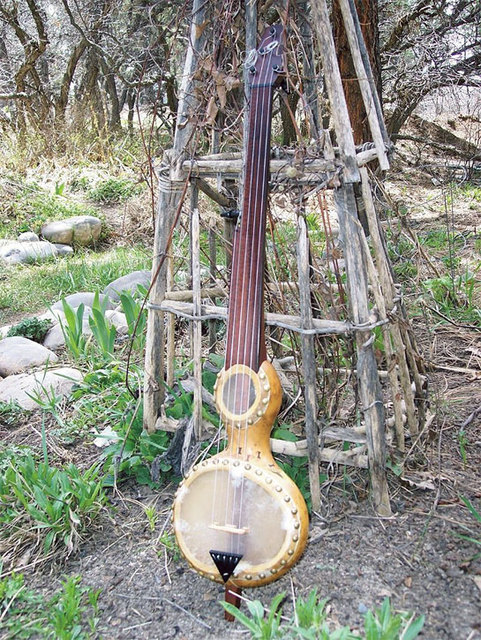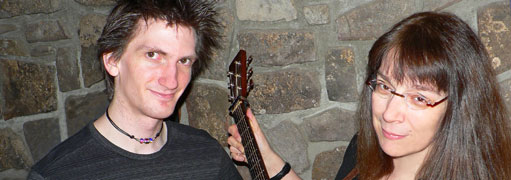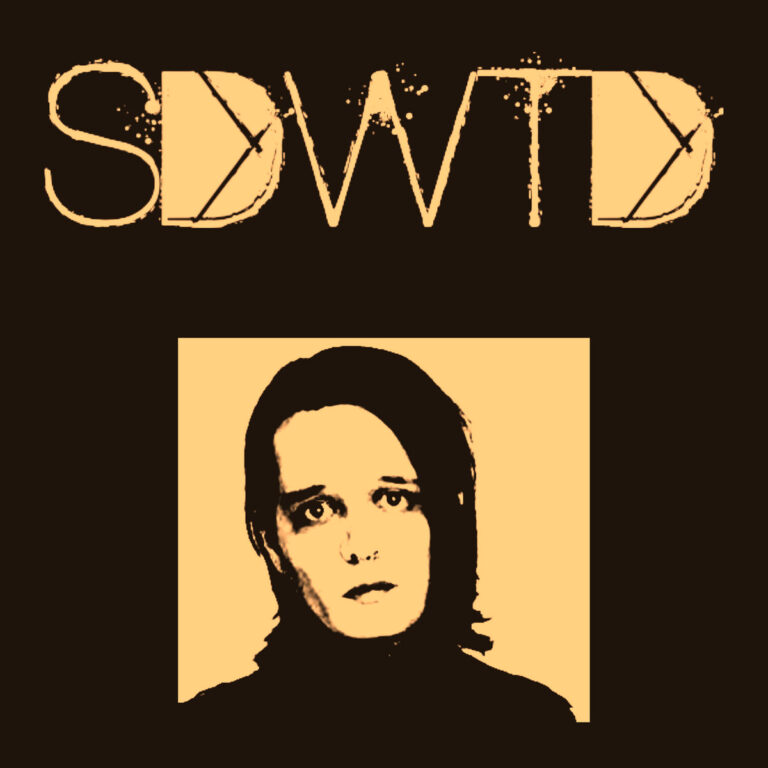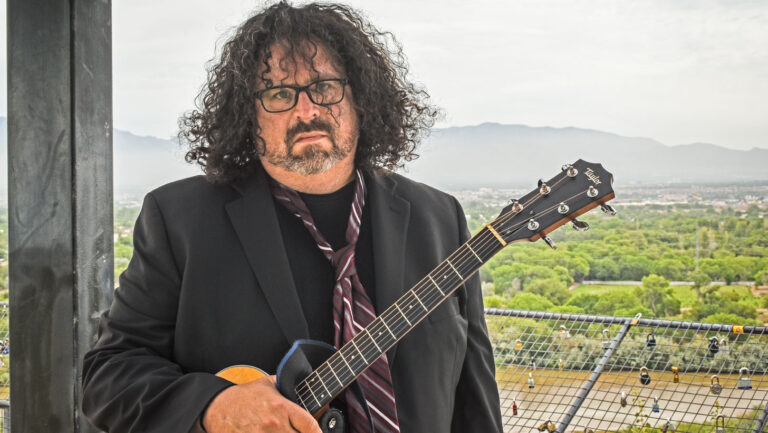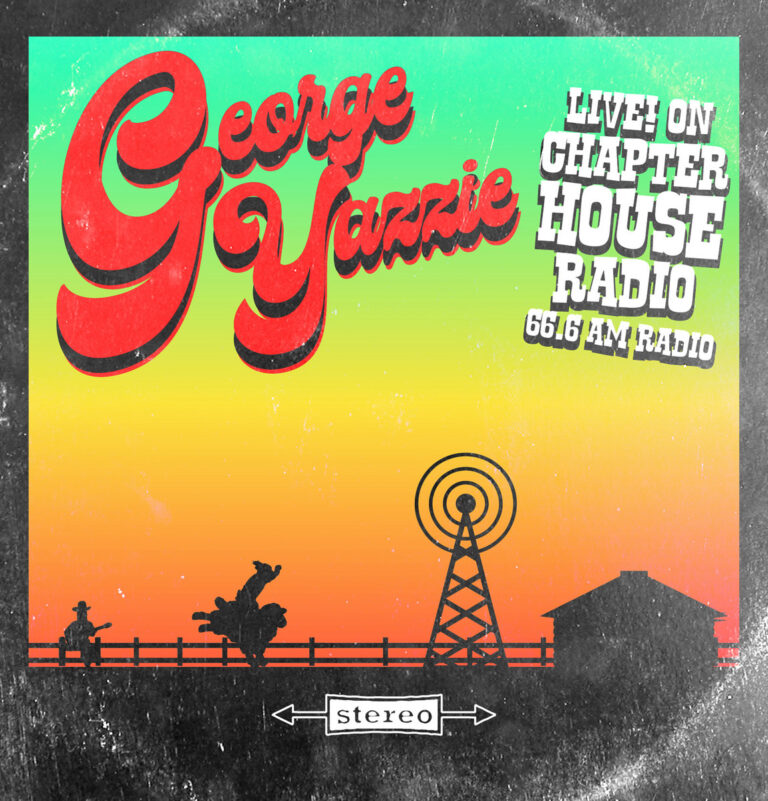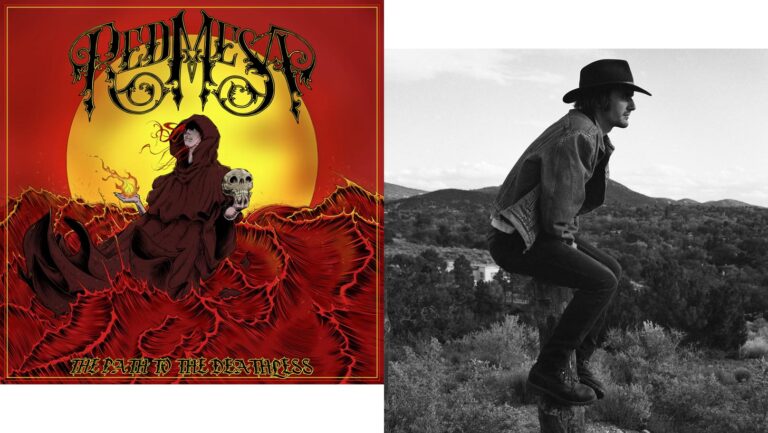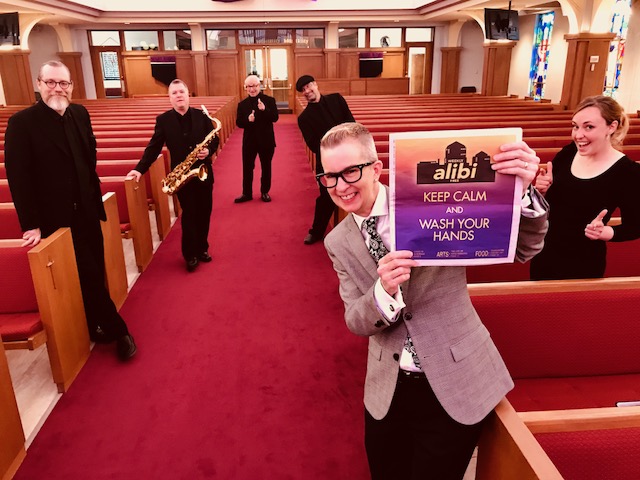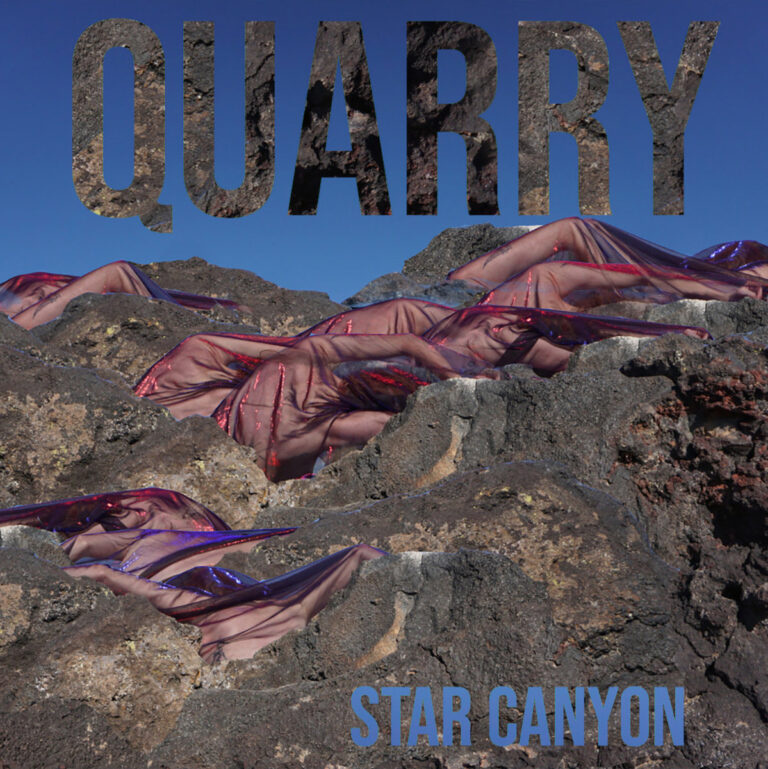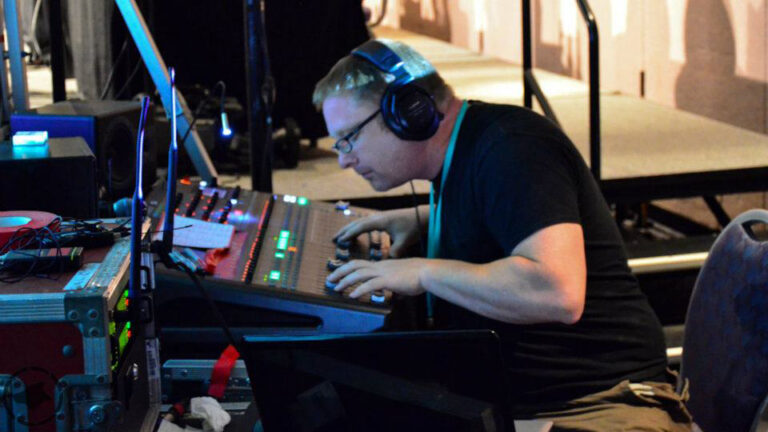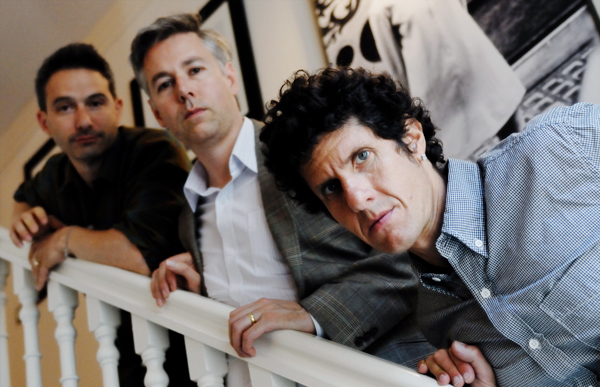The first name that pops into the brain whenever the word “banjo” is spoken is usually Earl Scruggs, who largely invented bluegrass banjo picking from scratch back in the ’40s. In soundtracks from such movies and television shows as Bonnie and Clyde and “The Beverly Hillbillies,” Scruggs’ distinctive and endlessly mimicked playing—that jangly, entrancing arpeggio that keeps rolling on forever—has soaked deep into the American mind. It’s hard to even think about the banjo without thinking about good ol’ Uncle Earl.There are other banjo-playing styles, though, that are less well-known but just as captivating. One with a more ancient legacy than Scruggs’ approach is called clawhammer. A prototype of this “down-picking” style was lifted from African banjo-playing slaves for use in the disturbingly racist black-face minstrel shows of the 19 th century. In a process that isn’t well-understood, clawhammer banjo also made its way into the mountains of Southern Appalachia, where it evolved into the eccentric rhythmic playing style it is today.Among aficionados of this kind of banjo picking, Adam Hurt is considered one of the best. The offspring of classical musicians, Hurt grew up in Minnesota, far from the original sources of the music he loves. He was first introduced to American roots music by an elementary school teacher. After a brief fling with the mandolin, he gravitated toward the banjo and has since developed into one of the finest practitioners of clawhammer banjo picking in the world.His most recent album, Earth Tones , was performed solely on a skin-stretched gourd banjo. The combination of a lower tuning, nylon strings, no frets and Hurt’s amazing technique makes for an otherworldly sound unlike anything I’ve ever heard. This Friday at the South Broadway Cultural Center—in the able company of guitarist Beth Hartness—you’ll have a rare chance to hear Hurt tear it up on the gourd banjo, as well as some of his other instruments, including fiddle. Albuquerque’s own banjo wizard, Wayne Shrubsall, will open the show.The Alibi recently had an opportunity to speak with Hurt by phone about his astonishing music. You’re one of the few clawhammer banjo players with some actual name recognition. How do you account for that? Well, this style is still really beneath the radar, and that’s a good thing in a way. This was never meant to be performance music. Some people, including myself, have tried to do that with it in more recent times, and that’s fine, but it was never really meant to be performed on big stages. This was something for neighbors to play together, for communities to enjoy in a participatory way. As such, I don’t think it’s yet in the collective consciousness, even of folk music aficionados. How often does it happen that you play in front of people who have never heard clawhammer banjo before? My concert audience is usually mixed. There are a lot of folks who play banjo already and are familiar with the stuff I’m doing. Others have just heard about my music through the grapevine and are coming out to find out what this is all about. In concert, do you talk about the history of this kind of music? I try to, whenever I know the backstory to a particular piece of music. This also allows me to feel a much closer connection to the music, since I wasn’t born in the part of the country from which this music came. If I didn’t know these backstories, or try to find them out, I’d just be playing a bunch of notes that might sound nice together but wouldn’t have any greater meaning for me. Speaking of digging back into the past, I’m totally entranced by your gourd banjo album Earth Tones . What kind of reaction have you been getting to it? That album was a real departure from everything I’ve recorded in the past, and I was pretty unsure about how it might go over. But people seem to be as compelled by the tone of that instrument as I was when I first played it. I usually play a fretted banjo, which allows me to do more technical things. With the gourd banjo, I’ve had to revert to less ornate ways of executing some of my arrangements. Even if most of my work doesn’t sound purely traditional, I know what the traditional styles sound like. I had to take a few steps back in time to revisit some of those traditional ways of playing. Will you be playing the gourd banjo at the Albuquerque show? Yes, I’m definitely bringing it along. What else should people know about the show? I’m delighted to be joined by my regular music partner, Beth Hartness, who is just a remarkable finger-style guitarist and singer. She’s been playing traditional music for a long time but, as with the other musical heroes of mine, she does it in her own special way. I’m excited people in Albuquerque will have a chance to hear her.
Adam Hurt and Beth Hartness
with Wayne Shrubsall
Friday, April 22, 7:30 p.m. South Broadway Cultural Center1025 Broadway SETickets: $15 at the door (check or cash only), or in advance at 298-5589 or inquiry@siliconheights.com

